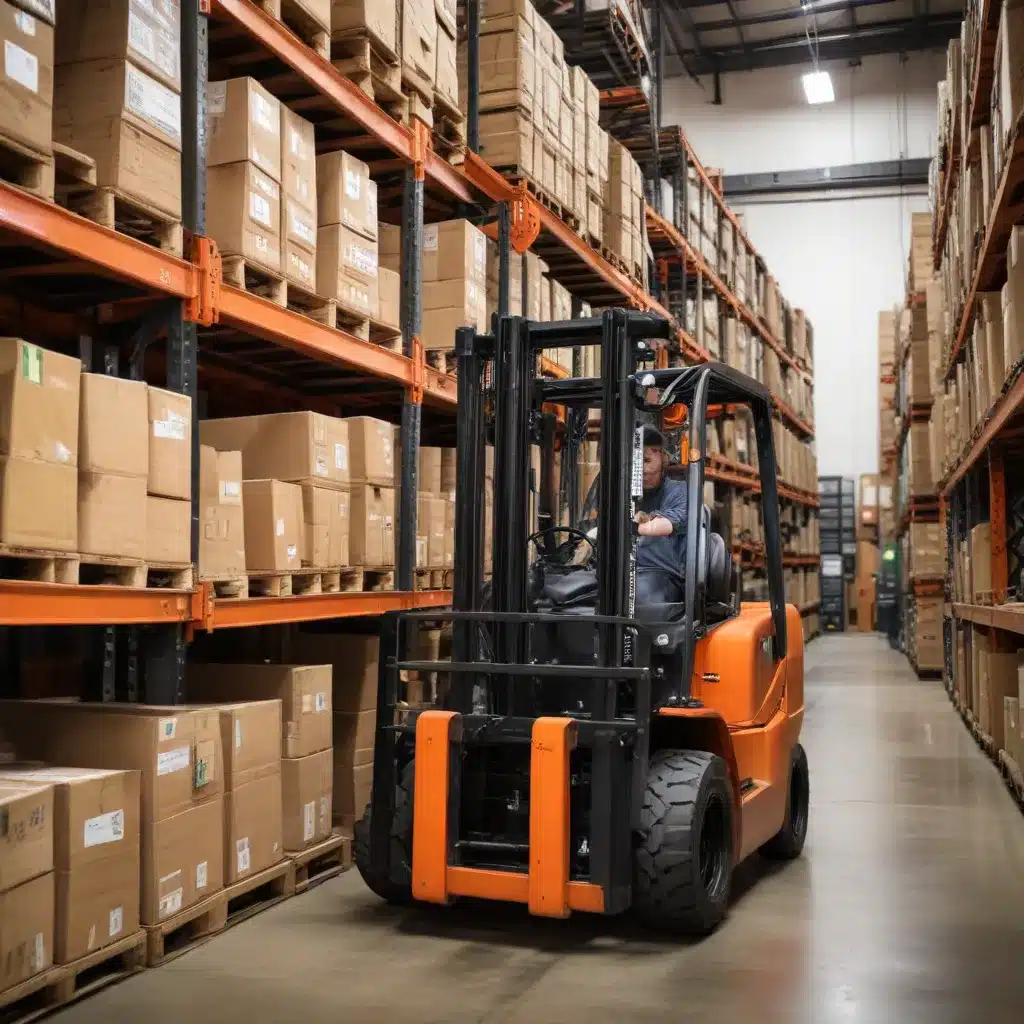
The Importance of Forklift Parts Interoperability
In the fast-paced world of material handling and logistics, efficiency and productivity are paramount. Forklifts, as the backbone of warehousing and distribution operations, play a critical role in keeping the supply chain moving. However, the maintenance and repair of these essential machines can often be a complex and time-consuming process, particularly when dealing with a diverse fleet of forklifts from different manufacturers.
One of the key challenges facing forklift operators and maintenance teams is the lack of standardization and interoperability when it comes to forklift parts. Each forklift model may have its own unique components, requiring specialized tools, expertise, and inventory management to service and maintain. This fragmented approach can lead to increased downtime, higher maintenance costs, and decreased overall productivity.
Fortunately, the industry is recognizing the importance of forklift parts standardization and interoperability, and there are steps being taken to address this issue. By embracing a more unified approach to forklift maintenance and repair, organizations can streamline their operations, reduce costs, and ensure the reliable performance of their forklift fleets.
Standardizing Forklift Parts: The Path to Efficiency
One of the primary benefits of forklift parts standardization is the ability to streamline maintenance and repair processes. When forklift components are interchangeable across different models and manufacturers, it becomes easier to maintain a centralized inventory, train technicians on a more standardized set of parts, and quickly diagnose and resolve issues.
This standardization can be achieved through the adoption of industry-wide standards and protocols. For example, the NIFC Standard for Warehouse Equipment Maintenance outlines best practices for maintaining and repairing various warehouse equipment, including forklifts. By aligning with these standards, forklift manufacturers and service providers can ensure that their parts and services are compatible with a wide range of equipment.
Moreover, the implementation of DAFI 23-201: Materiel Management Policy by the United States Air Force further emphasizes the importance of standardization and interoperability in the maintenance of material handling equipment. This policy, which can serve as a blueprint for other industries, mandates the use of standardized parts, tools, and procedures to improve efficiency, reduce costs, and ensure the readiness of critical assets.
Enabling Seamless Forklift Fleet Management
Beyond the benefits of streamlined maintenance, forklift parts standardization and interoperability also play a crucial role in enabling the effective management of diverse forklift fleets. As warehouses and logistics operations continue to expand their automation capabilities, the need for a cohesive and coordinated approach to fleet management becomes increasingly important.
The integration of Automated Guided Vehicles (AGVs) and Autonomous Mobile Robots (AMRs) into forklift operations highlights the significance of interoperability. These advanced material handling systems must be able to communicate and collaborate with the existing forklift fleet, sharing data and coordinating their movements to optimize efficiency and productivity.
By ensuring that forklift parts and components adhere to standardized protocols, fleet managers can more easily incorporate new technologies and equipment into their operations. This interoperability allows for seamless integration, enabling the smooth flow of information and the seamless coordination of tasks across the entire material handling ecosystem.
The Role of Communication Protocols in Forklift Interoperability
Underpinning the success of forklift parts standardization and interoperability is the adoption of robust communication protocols. These protocols serve as the language through which different forklift models, maintenance systems, and fleet management software can exchange data and coordinate their actions.
Some of the key communication protocols that are gaining traction in the forklift industry include:
-
REST API: A widely adopted and flexible protocol for transferring information between computer systems, the REST API allows forklift management software to integrate with warehouse management systems and other enterprise-level applications.
-
VDA5050: Developed by the automotive industry, this standard provides a secure and reliable means for forklifts to communicate with other systems, making it well-suited for use in sensitive environments like hospitals, laboratories, and manufacturing facilities.
-
ZeroMQ: A lightweight and efficient messaging protocol, ZeroMQ enables real-time data sharing between forklifts, maintenance systems, and other connected devices, facilitating the seamless exchange of critical information.
-
Data Distribution Service (DDS): Designed for high-speed data exchange, DDS is particularly useful for applications that require the real-time sharing of large amounts of data, such as video feeds and sensor readings from forklift fleets.
-
OPC-UA: The de facto standard for industrial automation, OPC-UA offers a secure and reliable channel for forklifts to share information and data with other systems, including warehouse management and enterprise resource planning (ERP) software.
By adopting these standardized communication protocols, forklift manufacturers, maintenance providers, and fleet operators can ensure that their equipment and systems can work together seamlessly, regardless of the specific brand or model. This interoperability not only streamlines maintenance and repair processes but also enables more robust and efficient fleet management, ultimately driving increased productivity and cost savings.
Embracing the Future of Forklift Maintenance
As the material handling industry continues to evolve, the importance of forklift parts standardization and interoperability will only continue to grow. By embracing these principles, forklift operators and maintenance teams can unlock a new level of efficiency, reliability, and cost-effectiveness in their operations.
Through the adoption of industry-recognized standards, the implementation of robust communication protocols, and the integration of advanced technologies like AGVs and AMRs, organizations can position themselves for success in the ever-changing landscape of material handling and logistics.
By staying informed and proactive in this area, Forklift Reviews aims to provide our readers with the insights and practical guidance necessary to navigate the complexities of forklift maintenance and fleet management. As the industry continues to evolve, we remain committed to empowering our readers with the knowledge and tools they need to keep their operations running smoothly and efficiently.

